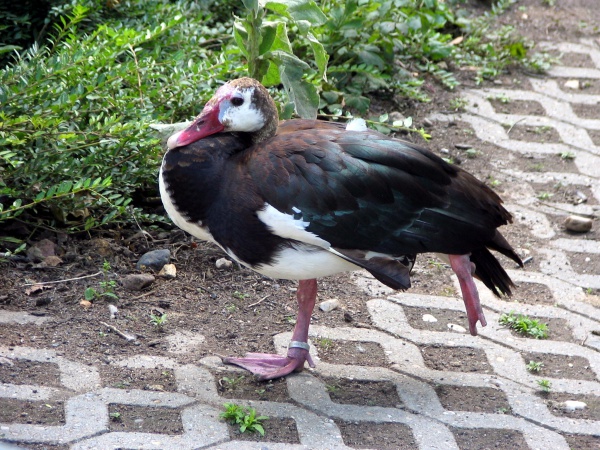Facts About Spur-winged goose
The spur-winged goose, a captivating bird from the Anatidae family, is commonly found in the wetlands of sub-Saharan Africa. These geese are notably large, with adults measuring between 75 to 115 cm in length and weighing approximately 4 to 6.8 kg. They have a striking appearance, primarily black with distinctive white patches on their faces and wings. Males are generally larger than females and can be recognized by a red patch on their faces and a knob at the base of their upper beak.
A unique and intriguing fact about the spur-winged goose is its potential toxicity. This trait is due to their diet, which includes blister beetles containing a toxic substance called cantharidin.
These geese typically inhabit open grasslands with abundant water sources such as lakes, rivers, swamps, and deltas, while avoiding dry and saline areas. Spur-winged geese are social birds, often observed in small flocks of up to 50 individuals. Their diet primarily consists of plants, grains, and fruits, although they occasionally consume small fish or insects.
The breeding season for these geese varies depending on their location. During this period, they can be quite aggressive towards other waterfowl. They construct their nests hidden in vegetation near water or in various structures like tree holes or termite mounds.
Despite being relatively common in African wetlands, spur-winged geese face threats from habitat destruction and hunting. Conservation efforts, such as the Agreement on the Conservation of African-Eurasian Migratory Waterbirds, play a crucial role in protecting this species.

 Togo
Togo